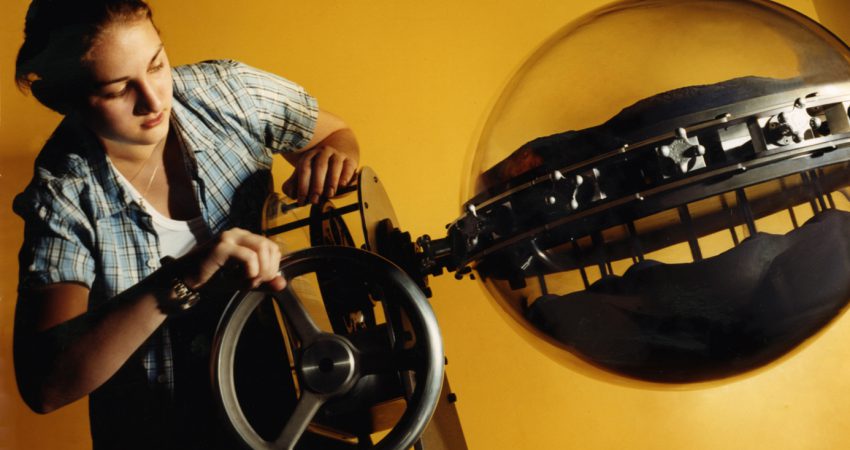
By Sara C. Heredia - October 2015
PAPER CITATION
Rodriguez, A. J. (2015). What about a dimension of engagement, equity, and diversity practices? A critique of the Next Generation Science Standards. Journal of Research in Science Teaching, 52(7), 1031–1051. doi:10.1002/tea.21232
The Next Generation Science Standards (NGSS) make important strides to address equity in science education. However, lessons from past reform efforts should encourage us to pause to ask if they do enough. Rodriguez offers a three-pronged critique of the K–12 Framework and NGSS and suggests steps to make issues of equity even more central moving forward.
Research Design
In this position paper, Rodriguez analyzes both the Framework for K–12 Science Education (National Research Council, 2012) and the appendices of NGSS (NGSS Lead States, 2013) to comment on issues of equity in these reform documents. He offers five ways in which the new documents are an improvement over the first generation of national science standards. Then, using a framework of sociotransformative constructivism (described in the Theoretical Basis section below), he offers three critiques of the K–12 Framework and NGSS and three suggestions for how to address those critiques.
Research Findings
Rodriguez highlights important improvements on issues of equity in NGSS. One significant improvement is making equity more visible in the standards, primarily through Appendix D, which offers case studies of NGSS in diverse classrooms. These case studies are an important change from the monocultural vignettes used throughout the first set of national standards.
While acknowledging this improvement, Rodriguez offers a three-pronged critique of the K–12 Framework and NGSS. Two of these have implications for informal science educators.
The first is the lack of retrospection on the effects of the first set of national science standards on student science learning. Rodriguez argues that the K–12 Framework and NGSS do not articulate how these new documents reflect what we have learned from past success or failures in implementing national science standards. Most importantly, even though the previous standards emphasized science instruction in all grades, research continues to show that science is hardly taught at the elementary level due to a focus on math and literacy. Rodriguez argues that, in light of this body of research, the writers of the reform documents should have taken a stronger stand in favor of teaching science to all students.
The second critique that is relevant to informal science educators centers on making equity even more visible in the standards by adding to the Framework’s current three dimensions— disciplinary core ideas, cross-cutting concepts, and science and engineering practices—a fourth dimension related to engagement, equity, and diversity. Rodriguez argues that, although equity is more visible in the new standards, placing it in an appendix suggests that it is an add-on rather than central to effective science instruction.
Theoretical Basis
Rodriguez uses a sociotransformative constructivist approach (Rodriguez, 1998) to inform his critique of the K–12 Framework and NGSS. Sociotransformative theory highlights the importance of building trust between educator and student as they engage in authentic and reflective activity to understand science and how their identities and cultural backgrounds influence what is important to teach and learn. This framework articulates the importance of addressing whose voice is represented in science education and issues of power in what science is taught and how.
Implications for Practice
This critique has implications for informal science educators. First, they can continue to address issues of access for all students, particularly students in elementary school who may have limited access to science, especially inquiry-based science. Informal science educators can also support parents in advocating for their children’s access to science in schools.
References
Rodriguez, A. J. (1998). Strategies for counterresistance: Toward sociotransformative constructivism and learning to teach science for diversity and for understanding. Journal of Research in Science Teaching, 35(6), 589–622.




